ProfessorDepartment of Physics, Chung-Ang University
- Professor
-
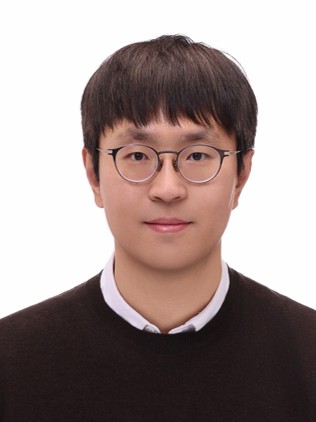
· 성명: 이경필 / Kyeongpil Lee
· 직위 : 조교수 / Assistant Professor
· E-mail : kyeongpillee@cau.ac.kr
· Tel : 02-820-5860
· 담당 교과목 : 역학, 데이터 분석과 통계
· 홈페이지 : https://sites.google.com/view/hecelab/%ED%99%88
· 직위 : 조교수 / Assistant Professor
· E-mail : kyeongpillee@cau.ac.kr
· Tel : 02-820-5860
· 담당 교과목 : 역학, 데이터 분석과 통계
· 홈페이지 : https://sites.google.com/view/hecelab/%ED%99%88
성명: 이경필 / Kyeongpil Lee
· 직위 : 조교수 / Assistant Professor
· E-mail : kyeongpillee@cau.ac.kr
· Tel : 02-820-5860
· 담당 교과목 : 역학, 데이터 분석과 통계
· 홈페이지 : https://sites.google.com/view/hecelab/%ED%99%88
· 직위 : 조교수 / Assistant Professor
· E-mail : kyeongpillee@cau.ac.kr
· Tel : 02-820-5860
· 담당 교과목 : 역학, 데이터 분석과 통계
· 홈페이지 : https://sites.google.com/view/hecelab/%ED%99%88
· 약력
2025.03 - 현재: 중앙대학교 물리학과 조교수
2024.05 - 현재: 세종 과학 펠로우
2024.05 - 2025.02: 연세대학교 박사후 연구원
2023.10 - 2024.09: Fonds de la Recherche Scientifique (FNRS) 박사후 연구원
2020.09 - 2023.08: Université libre de Bruxelles (ULB) 박사후 연구원
2018.01 - 2018.12: CERN (유럽입자물리연구소) 방문연구원
2014.03 - 2020.08: 서울대학교 이학박사 (물리학)
2010.03 - 2014.02: 서울대학교 이학사 (물리학)
· 연구분야
The Standard Model (SM) of particle physics is the most successful theory describing the fundamental building blocks of the universe and their interactions. However, it is not a complete theory, as several phenomena remain unexplained, such as dark matter and dark energy, the nonzero mass of neutrinos, the matter-antimatter asymmetry, and the hierarchy problem. To address these mysteries, many theories beyond the Standard Model (BSM) have been proposed, often predicting the existence of new particles. High-energy particle colliders are among the most promising tools for discovering these new particles, potentially leading to groundbreaking advancements in our understanding of the universe.
The Large Hadron Collider (LHC) at CERN, the European Organization for Nuclear Research, is the world's largest and most powerful particle collider. With a 27-km circumference, it currently operates at a center-of-mass energy of 13.6 TeV, approximately seven times higher than the previous-generation collider, the Tevatron at Fermilab. Among the four main experiments at the LHC, the Compact Muon Solenoid (CMS) is one of the two general-purpose detectors. The CMS collaboration consists of over 3,000 physicists worldwide, conducting various research programs, ranging from direct searches for BSM physics to precision measurements of SM parameters. One of its most notable achievements was the discovery of the Higgs boson in 2012, in collaboration with the ATLAS experiment.
My primary research focus within CMS is the precision measurement of the Drell-Yan (DY) process, which involves the production of lepton pairs from the Z boson or a virtual photon, originating from the annihilation of a quark and an antiquark inside protons. The precise measurement of the differential DY cross-section is crucial for understanding the proton’s internal structure, particularly the parton distribution function (PDF), which is one of the dominant sources of uncertainty in various LHC measurements. In connection with this research, I am also involved in detector studies, specifically in muon reconstruction and identification within the CMS trigger system.
While the search for new physics at the LHC continues, numerous proposals for next-generation particle colliders are emerging worldwide, promising even greater sensitivity to BSM physics. The Electron-Ion Collider (EIC) in the United States and the Circular Electron-Positron Collider (CEPC) in China are expected to begin operations in the 2030s, while the Future Circular Collider (FCC) in Europe is planned for the 2040s, providing exciting opportunities for the next generation of physicists.
I am also actively involved in research and development (R&D) for future collider detectors, particularly in dual-readout calorimetry. This detector technology utilizes two types of optical fibers—scintillating and Cherenkov fibers—to separately measure the energy of electromagnetic and hadronic components, significantly improving energy resolution compared to conventional calorimeters. This research is conducted in collaboration with several Korean universities as part of the Korea Dual-Readout Calorimeter Collaboration.
Summary of research topics can be found below:
CMS Experiment at the LHC (CERN)
- Precision measurement of the Drell-Yan process (differential cross-sections)
- Enhancing our understanding of the proton’s internal structure (PDFs)
- Indirect searches for new physics through deviations from SM predictions
- Detector R&D: Muon reconstruction and identification in the trigger system
- Expanding precision measurements and new physics searches using leptons, incorporating machine learning techniques
Future Collider Detector R&D
- Development of high-granularity, high-resolution calorimeters for next-generation colliders
- Participation in the Korea Dual-Readout Calorimeter Collaboration
2025.03 - 현재: 중앙대학교 물리학과 조교수
2024.05 - 현재: 세종 과학 펠로우
2024.05 - 2025.02: 연세대학교 박사후 연구원
2023.10 - 2024.09: Fonds de la Recherche Scientifique (FNRS) 박사후 연구원
2020.09 - 2023.08: Université libre de Bruxelles (ULB) 박사후 연구원
2018.01 - 2018.12: CERN (유럽입자물리연구소) 방문연구원
2014.03 - 2020.08: 서울대학교 이학박사 (물리학)
2010.03 - 2014.02: 서울대학교 이학사 (물리학)
· 연구분야
The Standard Model (SM) of particle physics is the most successful theory describing the fundamental building blocks of the universe and their interactions. However, it is not a complete theory, as several phenomena remain unexplained, such as dark matter and dark energy, the nonzero mass of neutrinos, the matter-antimatter asymmetry, and the hierarchy problem. To address these mysteries, many theories beyond the Standard Model (BSM) have been proposed, often predicting the existence of new particles. High-energy particle colliders are among the most promising tools for discovering these new particles, potentially leading to groundbreaking advancements in our understanding of the universe.
The Large Hadron Collider (LHC) at CERN, the European Organization for Nuclear Research, is the world's largest and most powerful particle collider. With a 27-km circumference, it currently operates at a center-of-mass energy of 13.6 TeV, approximately seven times higher than the previous-generation collider, the Tevatron at Fermilab. Among the four main experiments at the LHC, the Compact Muon Solenoid (CMS) is one of the two general-purpose detectors. The CMS collaboration consists of over 3,000 physicists worldwide, conducting various research programs, ranging from direct searches for BSM physics to precision measurements of SM parameters. One of its most notable achievements was the discovery of the Higgs boson in 2012, in collaboration with the ATLAS experiment.
My primary research focus within CMS is the precision measurement of the Drell-Yan (DY) process, which involves the production of lepton pairs from the Z boson or a virtual photon, originating from the annihilation of a quark and an antiquark inside protons. The precise measurement of the differential DY cross-section is crucial for understanding the proton’s internal structure, particularly the parton distribution function (PDF), which is one of the dominant sources of uncertainty in various LHC measurements. In connection with this research, I am also involved in detector studies, specifically in muon reconstruction and identification within the CMS trigger system.
While the search for new physics at the LHC continues, numerous proposals for next-generation particle colliders are emerging worldwide, promising even greater sensitivity to BSM physics. The Electron-Ion Collider (EIC) in the United States and the Circular Electron-Positron Collider (CEPC) in China are expected to begin operations in the 2030s, while the Future Circular Collider (FCC) in Europe is planned for the 2040s, providing exciting opportunities for the next generation of physicists.
I am also actively involved in research and development (R&D) for future collider detectors, particularly in dual-readout calorimetry. This detector technology utilizes two types of optical fibers—scintillating and Cherenkov fibers—to separately measure the energy of electromagnetic and hadronic components, significantly improving energy resolution compared to conventional calorimeters. This research is conducted in collaboration with several Korean universities as part of the Korea Dual-Readout Calorimeter Collaboration.
Summary of research topics can be found below:
CMS Experiment at the LHC (CERN)
- Precision measurement of the Drell-Yan process (differential cross-sections)
- Enhancing our understanding of the proton’s internal structure (PDFs)
- Indirect searches for new physics through deviations from SM predictions
- Detector R&D: Muon reconstruction and identification in the trigger system
- Expanding precision measurements and new physics searches using leptons, incorporating machine learning techniques
Future Collider Detector R&D
- Development of high-granularity, high-resolution calorimeters for next-generation colliders
- Participation in the Korea Dual-Readout Calorimeter Collaboration

· 성명: 한상준 / Sang June Hahn
· 직위 : 교수 / Professor
· E-mail : sjhahn@cau.ac.kr
· Tel : 02-820-5222
· 직위 : 교수 / Professor
· E-mail : sjhahn@cau.ac.kr
· Tel : 02-820-5222

· 성명: 성맹제 / Maeng-Je Seong
· 직위 : 교수 / Professor
· E-mail : mseong@cau.ac.kr
· Tel : 02-820-5190
· 직위 : 교수 / Professor
· E-mail : mseong@cau.ac.kr
· Tel : 02-820-5190


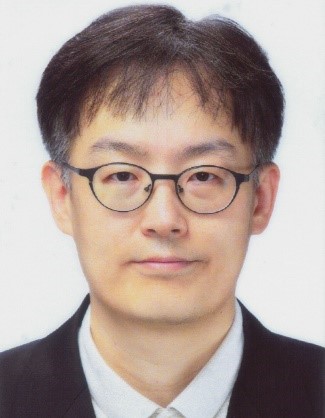
· 성명: 송광용 / Kwang Yong Song
· 직위 : 교수 / Professor
· E-mail : songky@cau.ac.kr
· Tel : 02-820-5834
· 직위 : 교수 / Professor
· E-mail : songky@cau.ac.kr
· Tel : 02-820-5834

· 성명: 박순용 / Soon Yong Park
· 직위 : 부교수 / Associate Professor
· E-mail : sypark@cau.ac.kr
· Tel : 02-820-5191
· 직위 : 부교수 / Associate Professor
· E-mail : sypark@cau.ac.kr
· Tel : 02-820-5191
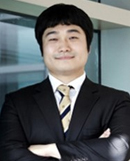

· 성명: 이상권 / Sang Kwon Lee
· 직위 : 교수 / Professor, 학과장 / Department Chair
· E-mail : sangkwonlee@cau.ac.kr
· Tel : 02-820-5455
· 직위 : 교수 / Professor, 학과장 / Department Chair
· E-mail : sangkwonlee@cau.ac.kr
· Tel : 02-820-5455
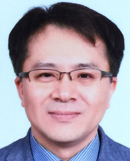

· 성명: 장서형 / Seo Hyoung Chang
· 직위 : 교수 / Professor
· E-mail : cshyoung@cau.ac.kr
· Tel : 02-820-5215
· 직위 : 교수 / Professor
· E-mail : cshyoung@cau.ac.kr
· Tel : 02-820-5215
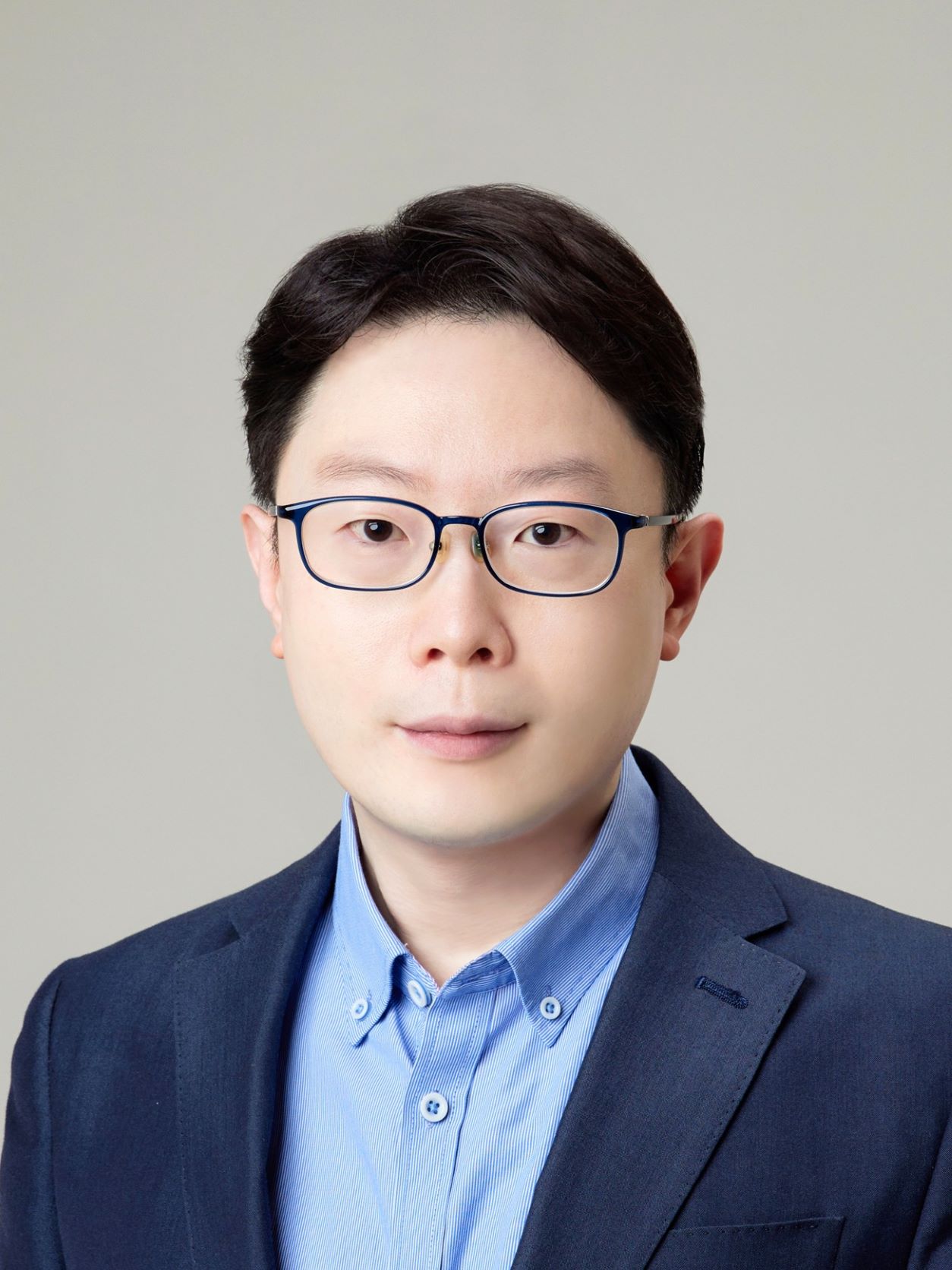
· 성명: 전상준 / Sangjun Jeon
· 직위 : 부교수 / Associated Professor
· E-mail : jsangjun@cau.ac.kr
· Tel : 02-820-5194
· 직위 : 부교수 / Associated Professor
· E-mail : jsangjun@cau.ac.kr
· Tel : 02-820-5194

· 성명: 하창현/Chang Hyon Ha
· 직위 : 부교수 / Associate Professor
· E-mail : chha@cau.ac.kr
· Tel : 02-820-5236
· 직위 : 부교수 / Associate Professor
· E-mail : chha@cau.ac.kr
· Tel : 02-820-5236
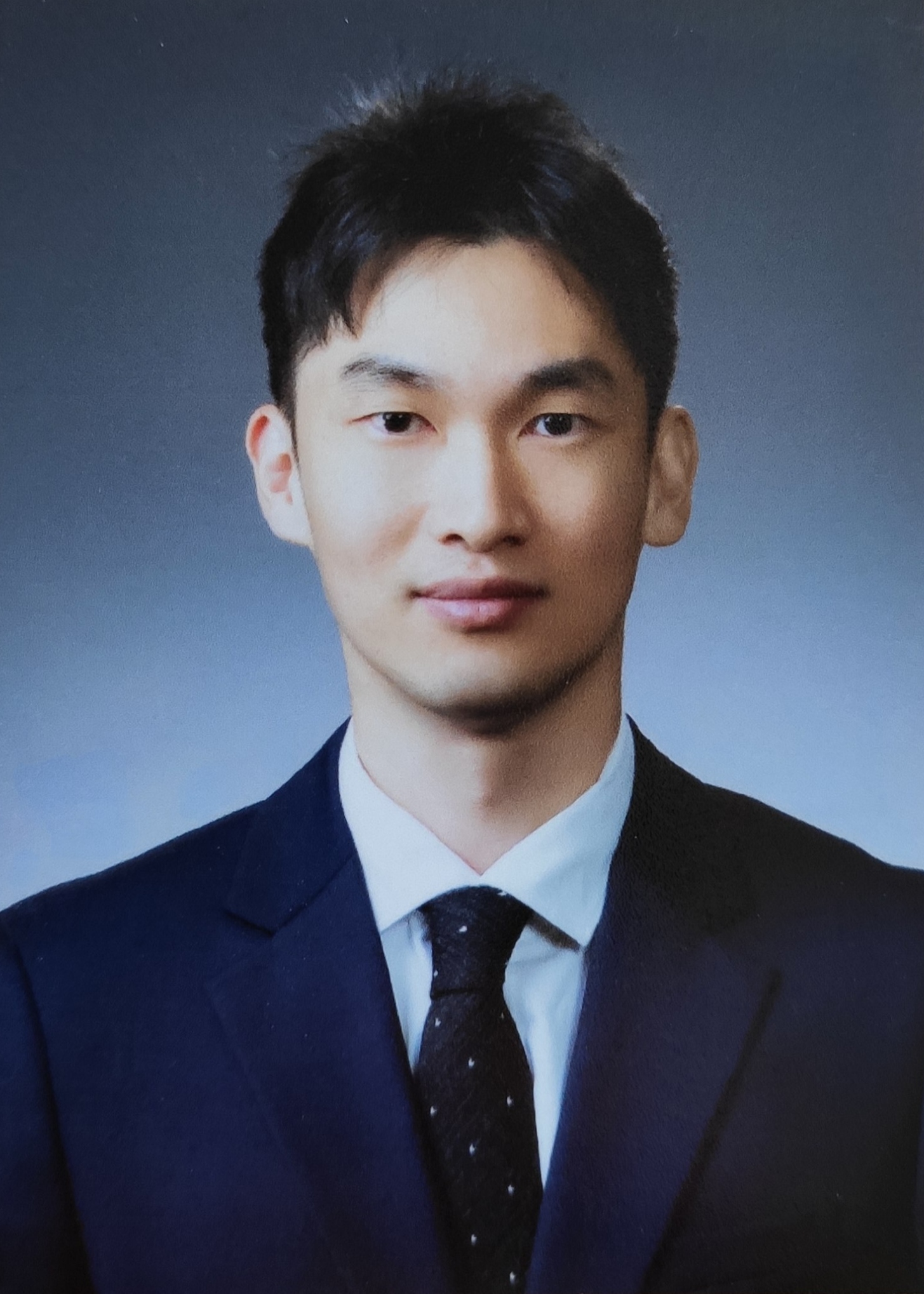
· 성명: 김건우 / Kun Woo Kim
· 직위 : 부교수 / Associate Professor
· E-mail : kunx@cau.ac.kr
· Tel : 02-820-5139
· 직위 : 부교수 / Associate Professor
· E-mail : kunx@cau.ac.kr
· Tel : 02-820-5139
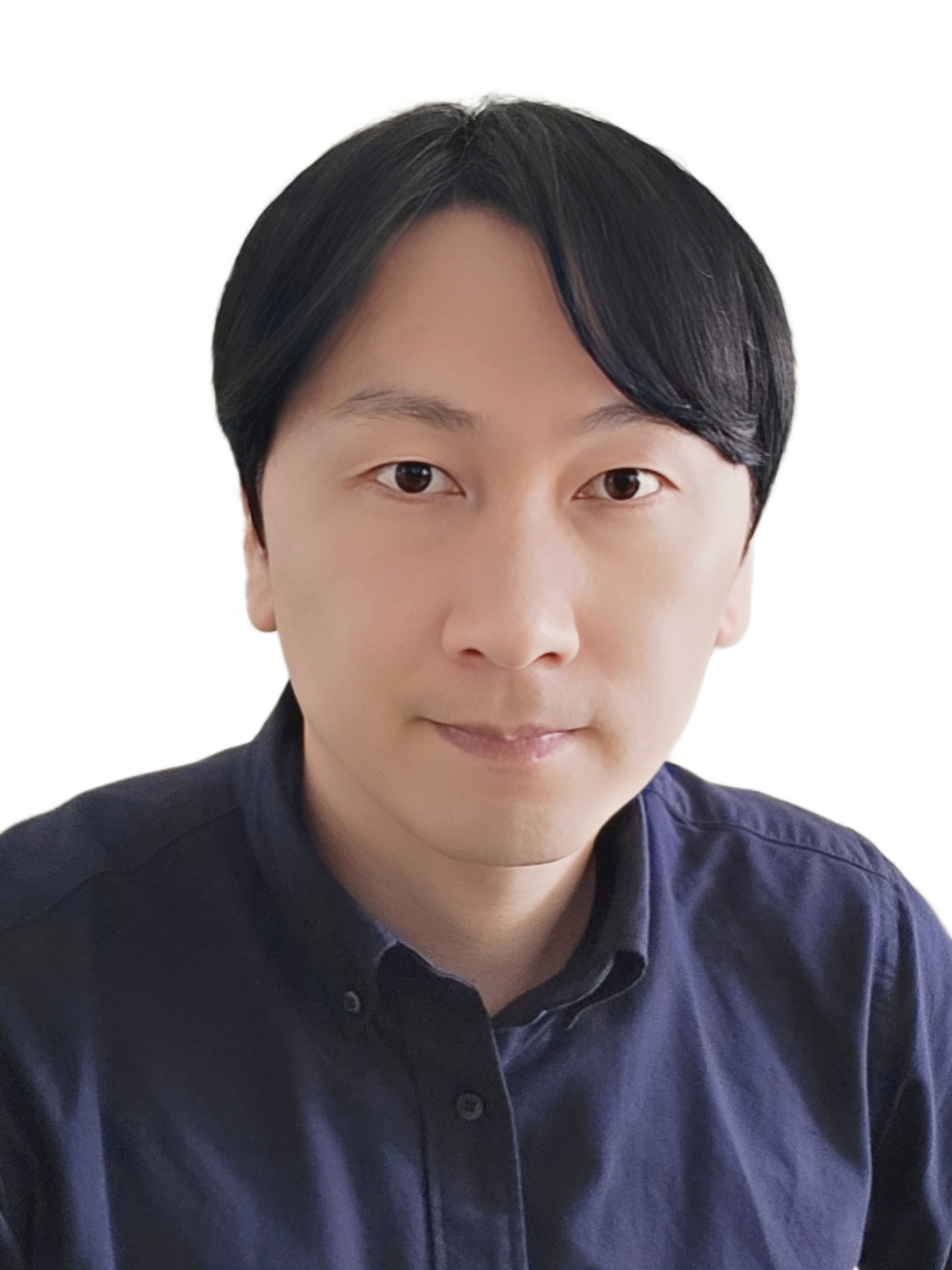
· 성명: 전건록 / Kun-Rok Jeon
· 직위 : Assistant Professor
· E-mail : kunrokjeon@cau.ac.kr
· Tel : 02-820-5131
· 직위 : Assistant Professor
· E-mail : kunrokjeon@cau.ac.kr
· Tel : 02-820-5131
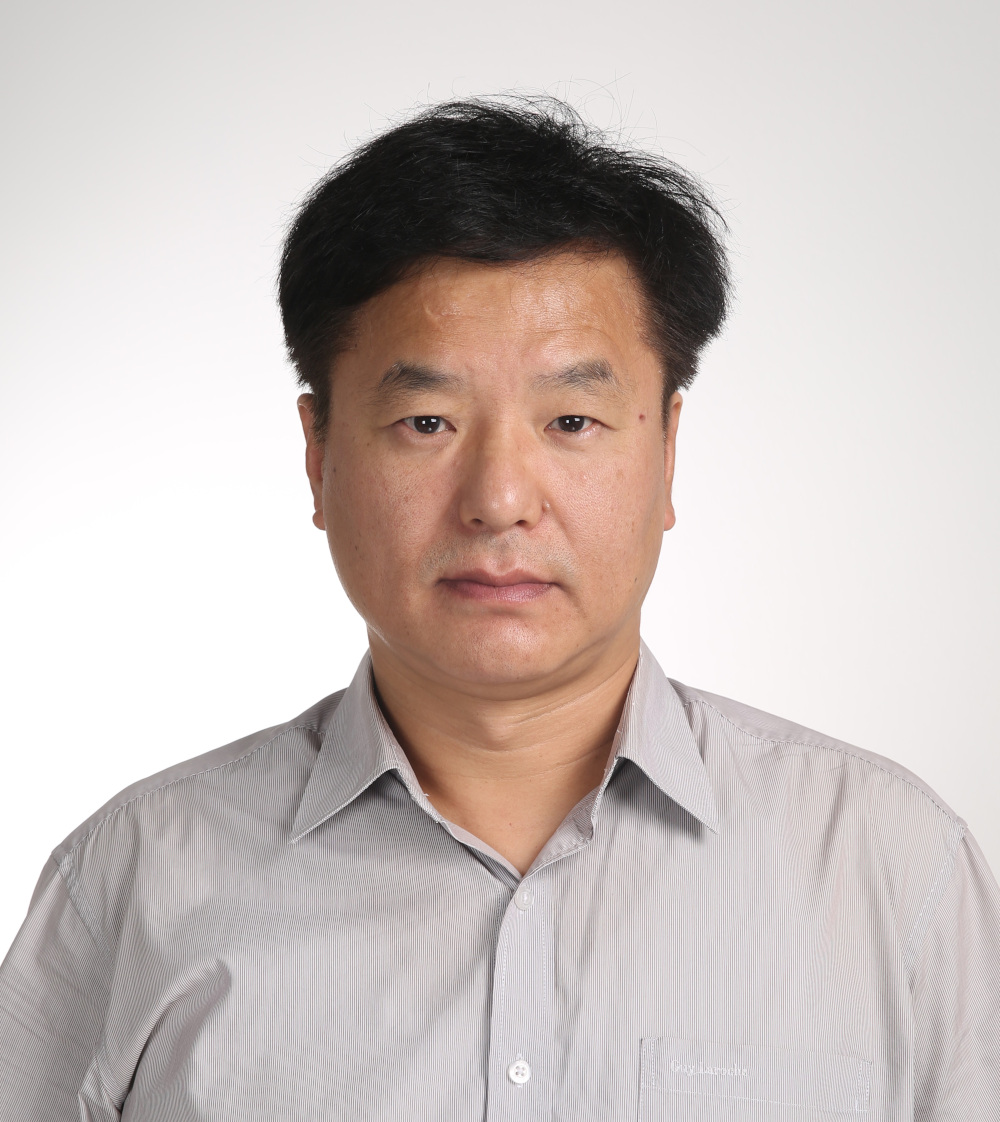
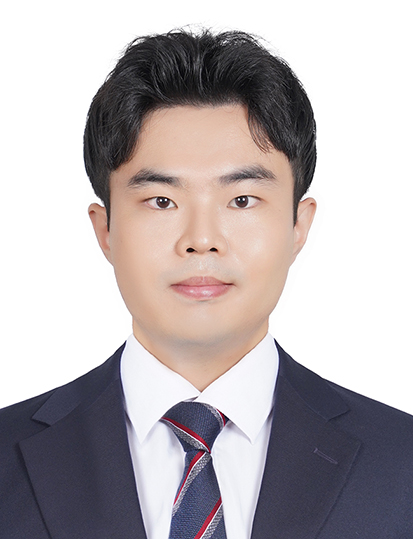
· 성명: 서재민 / Jaemin Seo
· 직위 : 조교수 / Assistant Professor
· E-mail : jseo@cau.ac.kr
· Tel : 02-820-5169
· 직위 : 조교수 / Assistant Professor
· E-mail : jseo@cau.ac.kr
· Tel : 02-820-5169
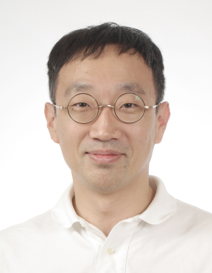
· 성명: 김민우 / Minu Kim
· 직위 : 조교수 / Assistant Professor
· E-mail : minukim@cau.ac.kr
· Tel : 02-820-5284
· 직위 : 조교수 / Assistant Professor
· E-mail : minukim@cau.ac.kr
· Tel : 02-820-5284

· 성명: 이경필 / Kyeongpil Lee
· 직위 : 조교수 / Assistant Professor
· E-mail : kyeongpillee@cau.ac.kr
· Tel : 02-820-5860
· 직위 : 조교수 / Assistant Professor
· E-mail : kyeongpillee@cau.ac.kr
· Tel : 02-820-5860
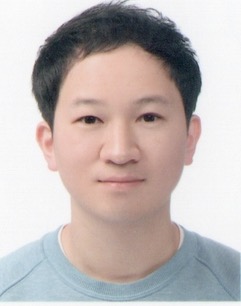
· 성명: 조광희 / Kwanghee Cho
· 직위 : 조교수 / Assistant Professor
· E-mail : hikaru8625@cau.ac.kr
· Tel : 02-820-6803
· 직위 : 조교수 / Assistant Professor
· E-mail : hikaru8625@cau.ac.kr
· Tel : 02-820-6803






